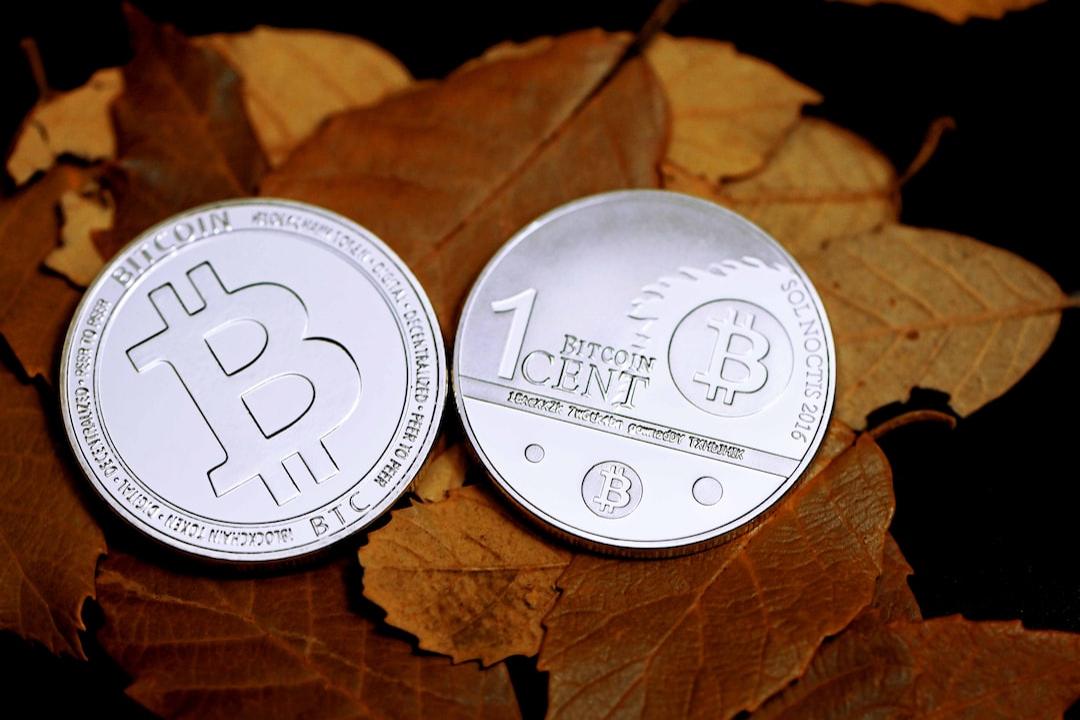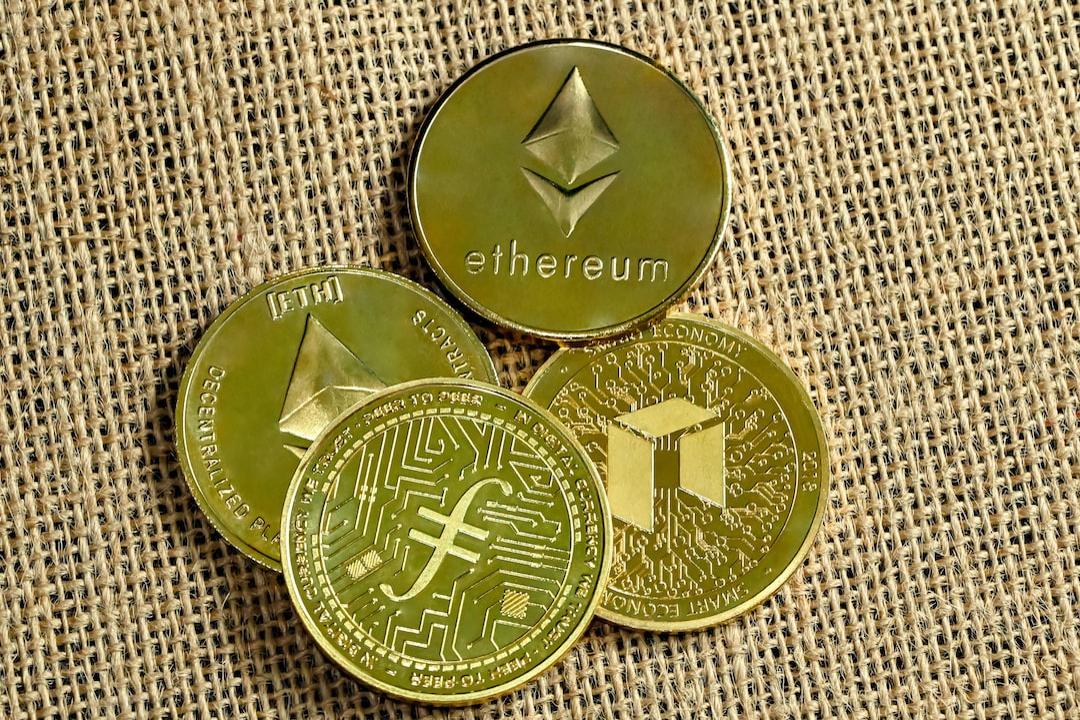Base Launches Meme Coin “Base is for everyone”
In contrast to the recent revival of MEME culture on Solana, the MEME ecosystem on Base remains in a state of silence. However, on April 17, Base’s official account suddenly made a high-profile entrance, sharing the creation of its MEME coin “Base is for everyone” on X, attempting to ignite enthusiasm for on-chain culture.
This carefully planned experiment for the revival of on-chain culture quickly spiraled out of control—related MEME coins soared and then rapidly crashed, pushing Base’s official account into the spotlight of public opinion. However, the story did not end there; as the incident surrounding “Base is for everyone” turned into a popular meme, the prices of the MEME coins unexpectedly staged a V-shaped reversal, leading to fluctuations in on-chain sentiment.
Base Issues Coin Sparks Controversy, Unexpected Reversal After Marketing Mishap
In the early hours of April 17, Base officially launched a token named “Base is for everyone” on the Zora platform, sharing it boldly via their official Twitter account. Subsequently, the price of the MEME coin quickly surged to 17 million dollars, instantly igniting the long-dormant community atmosphere. However, shortly thereafter, Base introduced a second token “Base @ FarCon 2025,” a move that was perceived by the community as a “betrayal,” leading to a 99% plummet in the price of “Base is for everyone” within hours, dropping to a low of 717,000 dollars.

Behind this crash, beyond the loss of control over the timing of the coin’s issuance, high buy-sell taxes and suspicions of insider trading became the immediate triggers. It is reported that the MEME coin imposed a 20% buy-sell tax, resulting in extremely high actual transaction costs, greatly weakening liquidity. Moreover, the distribution of tokens was highly uneven, with the top three wallets holding 47% of the tokens, one of which monopolized 25.6%, raising concerns about market manipulation. According to Lookonchain monitoring, three wallets had significantly purchased the token prior to the official tweets and subsequently sold it, collectively profiting around 666,000 dollars. The community’s outrage over insider trading further damaged Base’s credibility.
In response to the controversy, Base attributed the incident to an “experimental marketing” campaign. Base stated that their reason for posting on Zora was the belief that everyone should bring their content on-chain and utilize tools that enable this. Memes, moments, culture. If Base hopes for the future to belong to the on-chain world, it must be willing to boldly experiment in public view. This is precisely what Base is doing. It is important to clarify that Base will never sell these tokens, and they are not official network tokens of Base, Coinbase, or any related products. The content shared by Base is a form of creative expression, and it will continue to bring culture on-chain.
Global builders of Base, NKECHI, also clarified on Twitter that Base did not issue the coin to pump its price; it is a “content coin,” fundamentally different from MEME coins. The essence of a content coin is not speculation but meaning. What you are purchasing is not a project, but a moment, an atmosphere, a piece of culture. This is expression on-chain, not expectation on-chain.
This field is still very new, and Base is still learning, but do not mistake “misunderstanding” for “failure.” Base has consistently emphasized bringing culture on-chain, conducting public experiments, and supporting permissionless creative expression. Because in this new economy, everyone—whether brands, developers, artists, or shitposters—can bring content on-chain and turn it into a “coin.” Posters, advertisements, videos, memes, art—all can be coined. This is not just content; it is a new marketing method, a new creation method, a new way of expression.

Despite the official efforts to clarify, the tumult did not immediately subside; instead, it unexpectedly ignited a meme movement, with the community and crypto projects jumping on the ” is for everyone” template, sparking a viral creative frenzy, filled with mockery and narrative power. With market sentiment in support, Base’s marketing unexpectedly garnered high attention, with the price of the “Base is for everyone” token dramatically staging a V-shaped reversal. According to GMGN data, the token rebounded to a peak of 22.55 million dollars, with a trading volume exceeding 33 million dollars in the past 24 hours.
Daily Revenue Hits Two-Year High, Zora Set to Issue Token
“Zora is a social network where every post is a MEME coin.” In the wake of the Base coin incident, Zora directly benefited from the traffic and revenue surge.
According to Blockworks data, Zora’s latest daily revenue exceeded 137,000 dollars, marking one of the rare high points in nearly two years. Prior to this, Zora had faced a significant decline in engagement due to the sluggish NFT market. However, compared to the revenue during the previous NFT boom, Zora has seen a notable decline at this stage.

Furthermore, Zora’s market participation remains limited. Dune data shows that over the past two months, the number of unique creators on Zora has remained in the millions daily, with the daily number of token creations ranging from thousands to tens of thousands. Compared to other MEME coin issuance platforms like Pump.fun, Zora’s market share still lags behind: as of April 16, the market shares of Pump.fun and Zora were 74.3% and 25.7%, respectively. Within the Base ecosystem, the number of tokens issued by Zora accounted for only 4%, indicating very limited influence.

This time, the Base coin issuance has been interpreted as a promotional effort for Zora. In March of this year, Zora announced plans to launch its native token ZORA on the Base network, with a total supply of 10 billion tokens. The first snapshot was taken at 9:00 AM EST on March 3, 2025, with the second snapshot scheduled for three days prior to the launch of ZORA.
Moreover, Zora’s operational model aligns with the visions of Base and Coinbase, as each post on the platform is converted into a tradable ERC-20 token. In fact, Coinbase has been actively promoting the development of the “on-chain creator economy,” encouraging creators to launch projects on-chain, and co-hosting Onchain Summer with Base. According to previous disclosures from Zora, the platform has over 2.4 million collectors and 618,000 creators, generating over 27.7 million dollars in rewards and driving over 376 million dollars in transactions in the secondary market.
In summary, from ignition to crash to resurgence, this farcical cultural experiment not only rekindled attention on the MEME market for Base but also once again showcased the absurdity and vitality of on-chain culture.
This article is a collaborative reprint from: PANews

